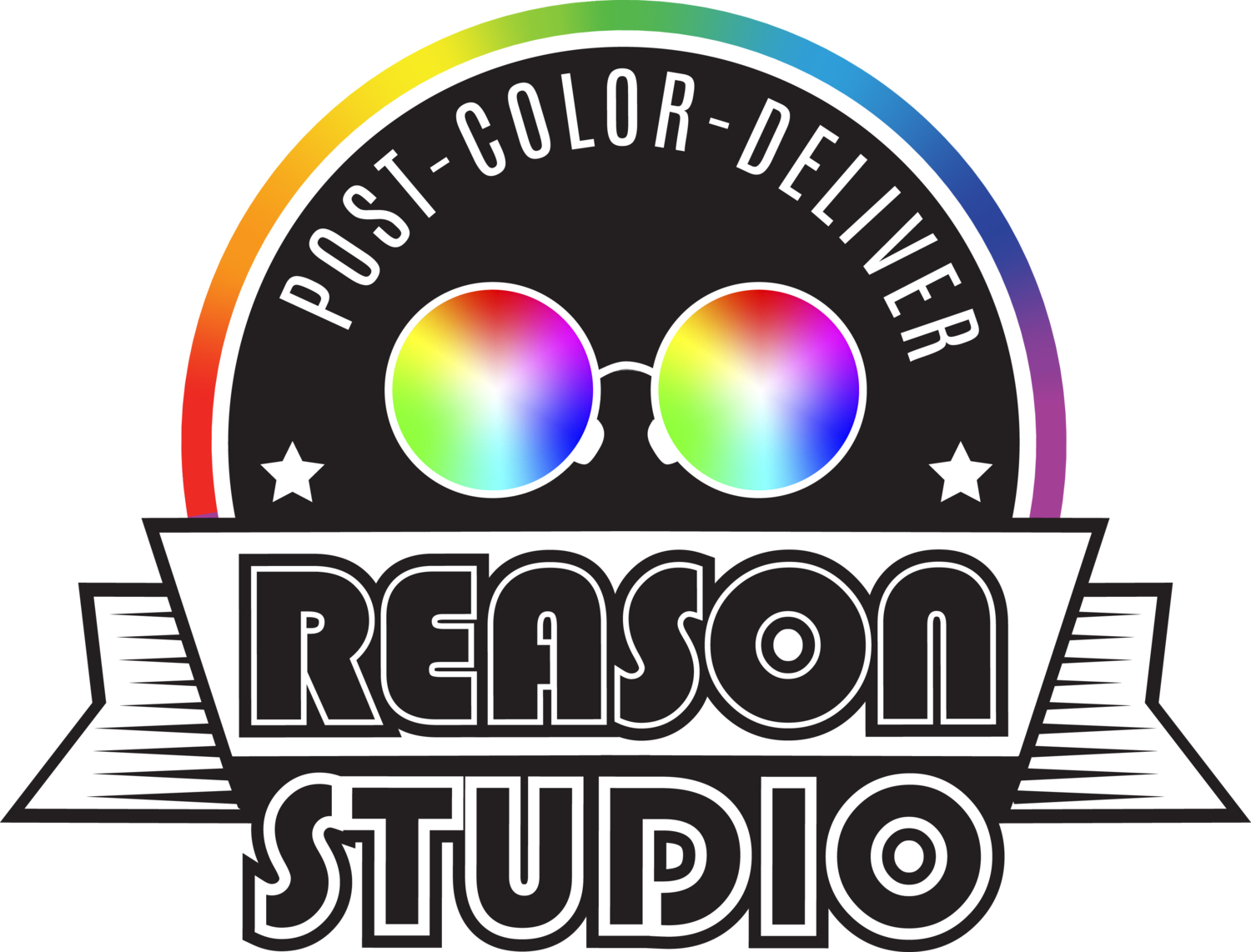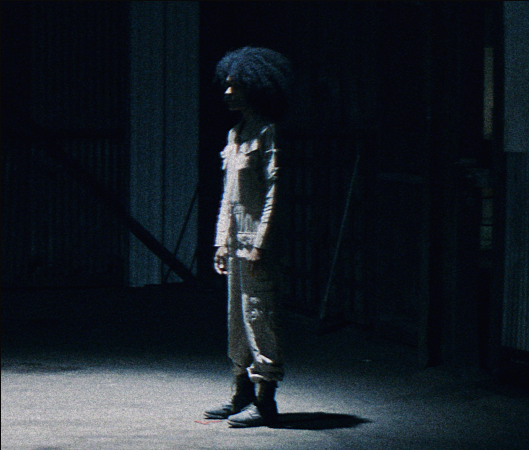How to create a film look with digital camera footage?
One of the most common goals for directors and DPs’ is to achieve a film look when shooting on a digital camera. In order to get cinematic looking footage when shooting with digital camera footage, there are a lot of elements taken into account. In this article, we will share some useful tools and elements for you to help you have a better understanding of what makes a film like a film.
Workflow
Let’s first take a look at how the workflow works when you actually shoot on film. After the principle photography is done, the film lab will develop and scan the film to generate DPX and MOV file for color grading and proxy file for editing. Then colorists come into play. For files with a Telecine process, colorists can start their creative work on the film directly as it’s already balanced. For scanned files, colorists need to remove the film base mask before color grading. These make up a complete workflow.
Footage difference
Now comes a brief introduction of the difference between film and digital footage. At the dawn of cinema, filmmakers only had the choice of shooting their movies on film. Although digital cameras have dominated cinematography, there are still some directors who choose to work with film in order to achieve a vintage look.The benefits of film footage include capturing a particular look with subtle details, more color consistency, higher dynamic range and resolution than digital.
Digital cameras use the similar method that film uses to capture images, but it digitally replaces the emulsion with a sensor that captures the light on photosites. It is more accessible that offers high quality playback and works well with limited lighting conditions. But compared to film, it can’t capture the depth that a film stock achieves.
Film look elements
In the color grading phase, you can do a lot to make your video look more filmic and achieve all the creative ideas you have in your mind. For example, colorists normally use some plug-ins for film-like color grading and film effects in creative software. Below we will introduce several film look elements for your reference.
Original
Halation
Halation is a visual effect that occurs when shooting on a film, with a red-orange halo near the contrasting boundaries of over-exposed areas and red glare in the mid-tones. Usually, Halation is created around bright light sources. Film halation effect is really important when imitating a film image as it is much more complex and doesn’t only appear around the light sources. Also, Haltion can make skin tones more attractive and natural.
Halation Added
Bloom
The Bloom term is commonly used to define the combined effect of bright light dispersion on the boundaries of contrasting image areas, which originates in the optical system, and then is distorted and amplified in the multiple layers of the photographic emulsion.
The Bloom is most effective when shooting with vintage lenses, special lenses or special optical filters. This effect of diffuse glow can be rendered with a high degree of realism.
Bloom Added
Film Grain
Film grain can add a classic feeling to a video. If used properly, it can make the footage more natural, helping bring the audience into the reality you are trying to create. It can also create an instinctive nostalgia to make the emotion hit harder, giving you more control over the way your storytelling.
In digital post-production, there are two different methods of grain simulation: natural grain scanned from real footage shot on film, and computer generated grain. As there is limitation in controlling the size, texture, and density for scanned grain, filmmakers now use analogue-like procedural grain to add look on the video. In Plug-ins, the algorithm will generate grain based on the original color and brightness of the image to make it more related.
Film Grain Added
Everything Added
Film Breath
Film Breath is used for creating a “living” cinematic image. This term speaks for itself and the effect is noticeable as an accidental change in exposure, contrast and color from frame to frame as the film moves. It is often determined by factors like uneven emulsion coating, instability of the camera shutter and film development deviation. With this effect, these subtle mechanical imperfections play an important role in restoring the organic perception of film into the emulations.
With this effect, these subtle mechanical imperfections play an important role in restoring the organic perception of film into the emulations.
Gate weave
Gate weave refers to the mechanical swinging of a film strip while it is being pulled through a frame window in a film camera, projector or video coding device. Digital cinema is lacking the natural artifacts of Gate Weave and is therefore often intentionally simulated to “breathe life” into a synthetic image. Gate Weave is particularly noticeable in old movies like Charlie Chaplin. Similar to Film Breath, this effect can bring life to the footage.
Scratch
Film scratch occurs when the emulsion is dragged across something sharp. It can happen in the film cassette if some dust gets trapped in the felt at the opening, or in the camera if some sand, a piece of film, or a slight sharp spot in the metal gets into the film path. With sheet film and removable camera backs, it can also happen if the dark slide has dirt or a flaw on it. Applying scratches can give your video an old film vintage look.
Watching a movie shot on film makes you feel like looking into a parallel universe. With the help of digital creative tools, the movie can be more surreal, dreamy and attractive to the audience. Hopefully this blog will help you better understand how to achieve the film look by using different elements and tools.





